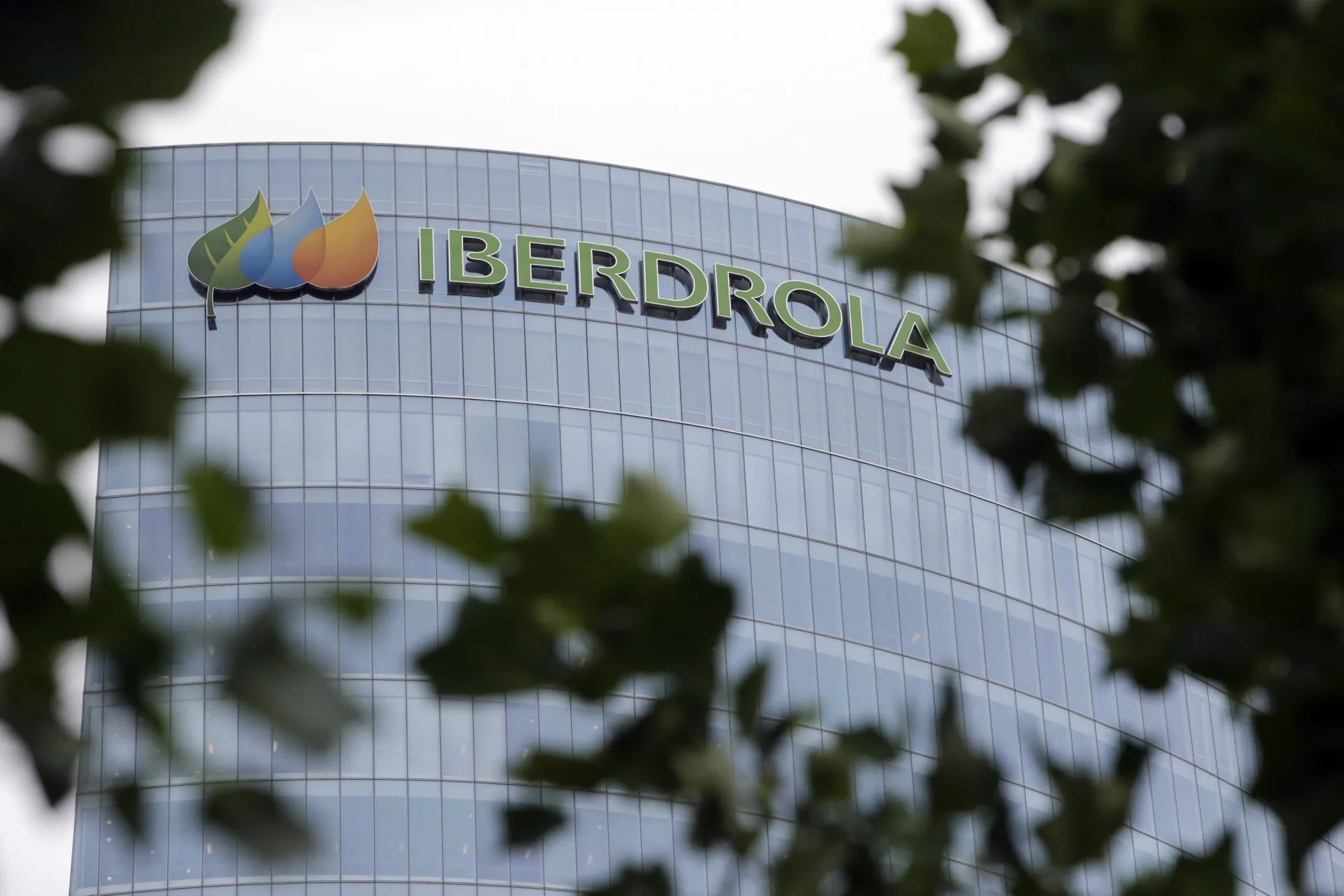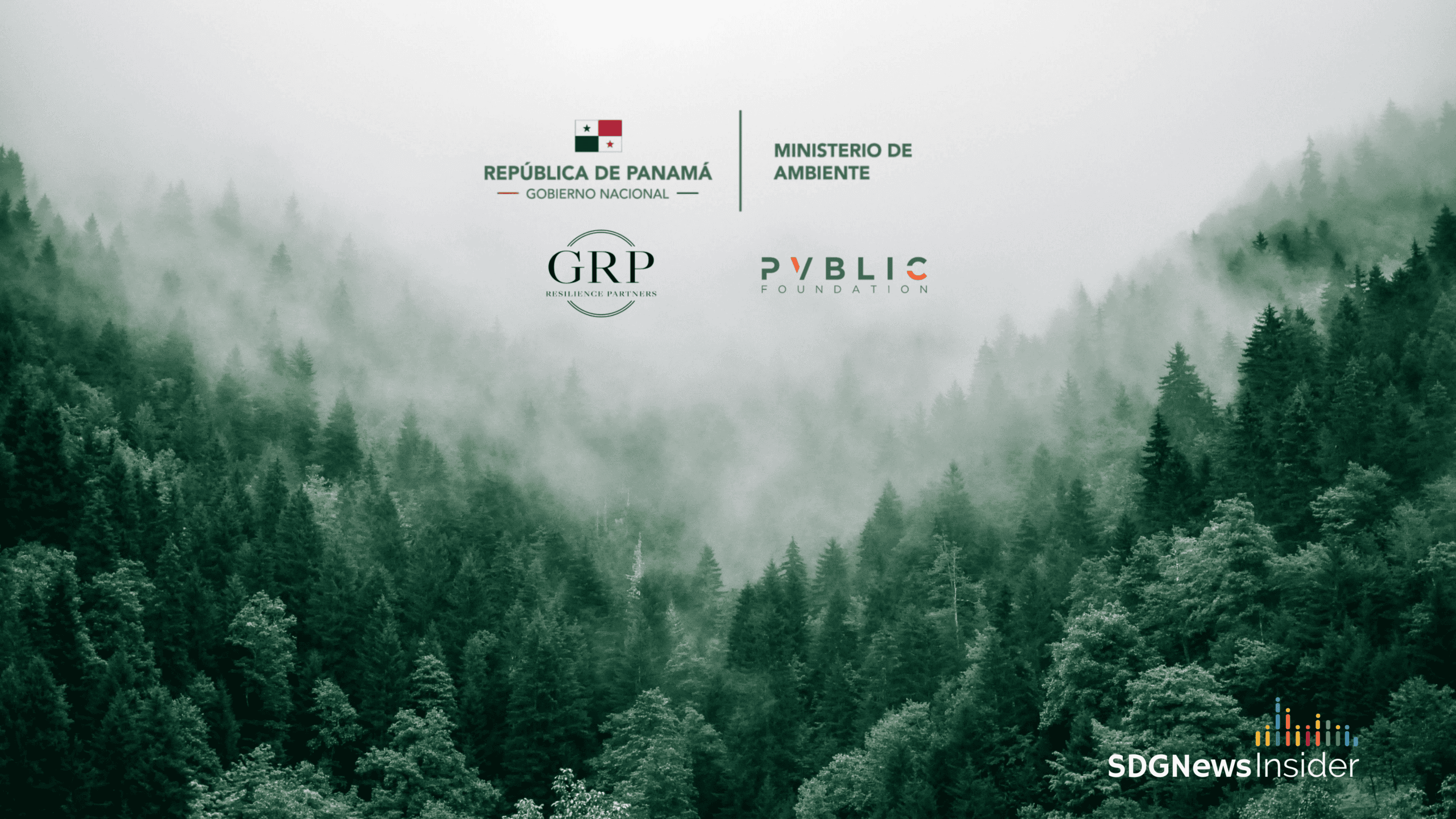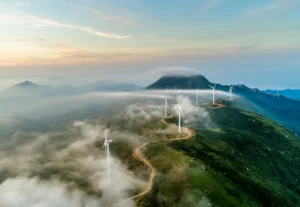Key Impact Points:
- Resilient Growth: The global green economy bounced back in 2023, reaching a market capitalization of $7.2 trillion in Q1 2024.
- Long-term Outperformance: The green economy’s 10-year CAGR of 13.8% outpaces the broader listed equities market.
- Diverse Opportunities: Investment spans multiple sectors, from energy efficiency to technology and green bonds.
The “Investing in the Green Economy 2024” report, authored by Lily Dai, Lee Clements, Alan Meng, Beth Schuck, and Jaakko Kooroshy of the LSEG Sustainable Investment Research team, provides a comprehensive analysis of the global green economy. The report highlights the growth, challenges, and opportunities within the sector, emphasizing the significant investment potential in climate and environmental solutions.
Overview of the Green Economy
The global green economy, which encompasses climate and environmental solutions, has expanded significantly over the last decade. In 2023, it made a robust recovery from a downturn in 2022, with its market capitalization reaching $7.2 trillion by Q1 2024. Despite challenges like overcapacity in renewable energy and electric vehicle (EV) manufacturing, and geopolitical risks, the green economy continues to grow, driven by long-term trends and increasing global focus on sustainability.
State of the Green Economy
The green economy saw a decline in its market share from 8.9% at the end of 2023 to 8.6% in Q1 2024. However, its long-term growth remains strong, with a 10-year compound annual growth rate (CAGR) of 13.8%, surpassing the broader market. If considered a standalone sector, it would have been the second-best performing industry over the past decade, only behind technology.
“Despite market volatility and geopolitical risks, the green economy’s long-term growth outpaces the broader market,” noted the report by LSEG Sustainable Investment Research.
Investment Characteristics
Performance and Valuation
Green investments have been diverse, spanning industries and global value chains. The technology sector is the largest within the green economy, contributing $2.3 trillion to the market cap. The green bond market also showed resilience, with $540 billion issued in 2023, a 7% increase from 2022.
“Corporate issuers accounted for 64% of new green bond offerings in 2023,” highlighted the report.
Despite strong performance in 2023, green sectors experienced varied results. Energy Efficiency led with 46% of the green economy, covering efficient IT equipment and green buildings. Renewable Energy, although visible, underperformed. The FTSE Environmental Opportunities All Share Index (EOAS) rose 32% in 2023, compared to the 22% of the FTSE Global All Cap Index.
Change the World - Subscribe Now
Fixed Income
The green bond market continued to grow despite high interest rates and market uncertainties, with Germany leading in outstanding green bonds. This growth indicates a robust interest in sustainable fixed income investments.
“The amount of outstanding green bonds globally reached $2.5 trillion at the end of Q1 2024,” according to the LSEG report.
New green bonds accounted for 6% of total bond offerings in 2023, but the overall green bond market remains a small fraction (2%) of the global bond market. Carbon-intensive bond issuance, however, is still significantly higher.
Geographic and Sectoral Insights
The green economy is diverse, spanning multiple industries and global value chains. The US remains the largest market, followed by Taiwan and China. Notably, the US and Taiwan have seen significant contributions from the technology and semiconductor industries, respectively.
“Large-scale subsidies and trade restrictions continue to be deployed widely as governments attempt to ‘onshore’ strategically important green industries,” the report observed.
Spotlight on Technology
Digital technology plays a crucial role in the green economy but also poses challenges due to its high energy consumption. Tech giants are major buyers of renewable energy, aiming to offset their environmental footprint.
“An energy breakthrough is necessary for future artificial intelligence, which will consume vastly more power than people have expected,” stated OpenAI CEO Altman at the World Economic Forum in January 2024.
Data centers, driven by the demands of AI and machine learning, are significant energy consumers. In 2022, data centers used about 350 TWh of electricity, accounting for 1.5% of global power demand. This share is higher in tech-centric regions like the US and China.
Future Outlook
The green economy is poised for continued growth, driven by technological advancements and increasing global commitment to sustainability. The need for significant investments in green technologies, estimated between $109 trillion to $275 trillion by 2050, underscores the vast opportunities in this sector.
“As the low-carbon transition transforms financial markets, the ability to mitigate risks and identify opportunities in the fast-growing green economy will be a key differentiator for investors,” the report emphasized.
Despite political swings and market volatility, the green economy continues to thrive, offering significant long-term investment opportunities. The sector’s growth is driven by technological advancements and a global shift towards sustainability, making it a key area for investors looking to capitalize on the low-carbon transition.
Related Article: Green Tech Market to Skyrocket to $89.97B by 2032: New Report













